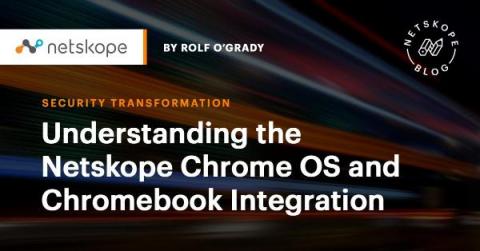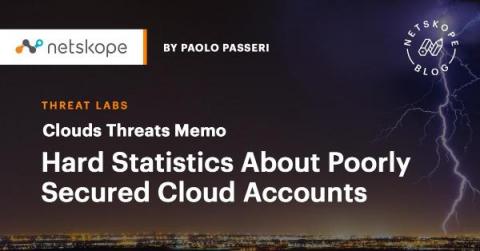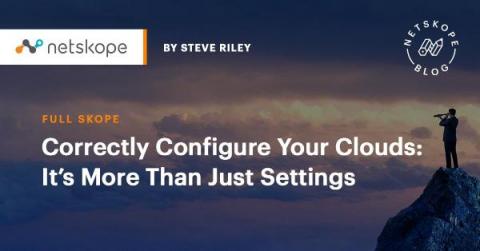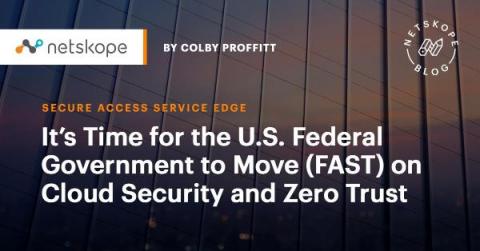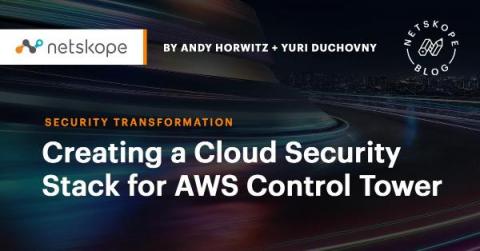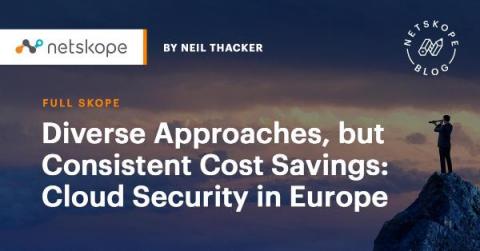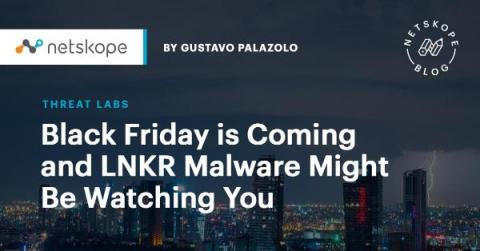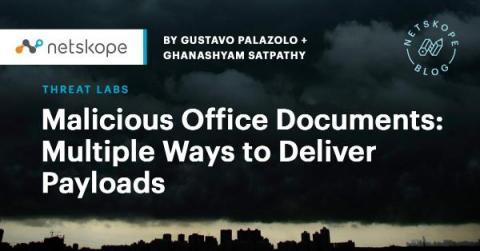Netskope Threat Coverage: Apache Log4j RCE (CVE-2021-44228)
CVE-2021-44228 (Log4Shell or LogJam) is a recently discovered zero-day vulnerability in the ubiquitous Apache Log4j Java-based logging library. It was reported by the Alibaba Cloud Security team as an unauthenticated RCE vulnerability in Log4j 2.0-beta9 up to 2.14.1 and could allow a complete system takeover on vulnerable systems. The bug has received the maximum CVSS score of 10, reflecting its importance and ease of exploitation.



